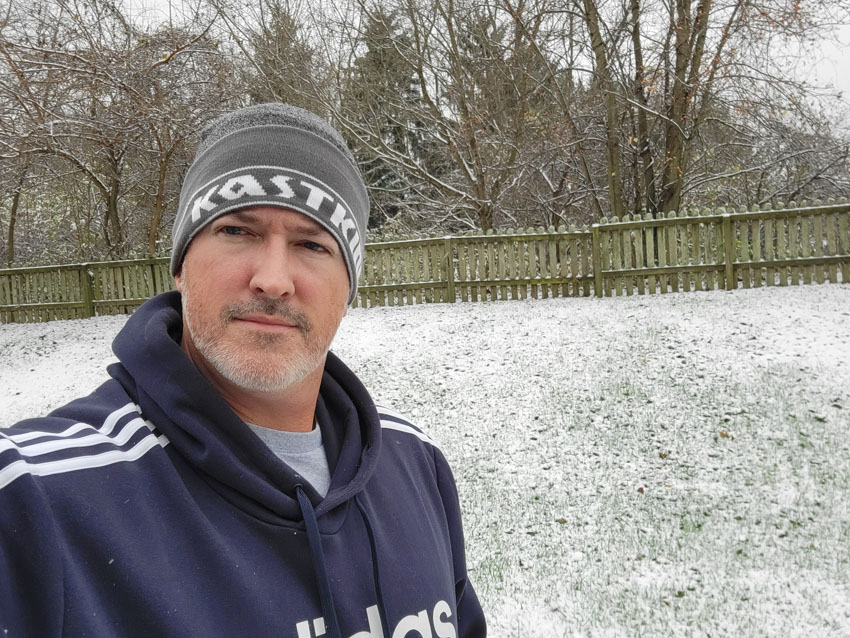source: smithsonianmag.com
Since farmers began tilling the land in the Midwest 160 years ago, 57.6 billion metric tons of topsoil have eroded, according to a study published recently in Earth’s Future. The loss has occurred despite conservation efforts implemented in the 1930s after the Dust Bowl, and the erosion rate is estimated to be double what the U.S. Department of Agriculture (USDA) says is sustainable. Future crop production could be severely limited if it continues, reports Rachel Crowell for Science News.
Degraded soil makes growing food more difficult and expensive. Without healthy soil, farmers won’t be able to grow nutrient-dense food to feed our growing population. The calculated loss in the region is part of a critical issue; some experts suspect that Earth will run out of usable topsoil within 60 years.
The team of researchers led by geoscientists at the University Massachusetts Amherst measured the elevation differences between native prairie and farm fields across Midwestern states to see how tilling has changed landscapes. Native prairie remnants are higher than the surrounding land, the study explains.
The majority of the 20 investigated sites were located in central Iowa, but other places were studied in Illinois, South Dakota, Minnesota, Kansas and Nebraska, reports Katie Pikes for Harvest Public Media. “These rare prairie remnants that are scattered across the Midwest are sort of a preservation of the pre-European-American settlement land surface,” says Isaac Larsen, study author from the University of Massachusetts Amherst, to Science News.

